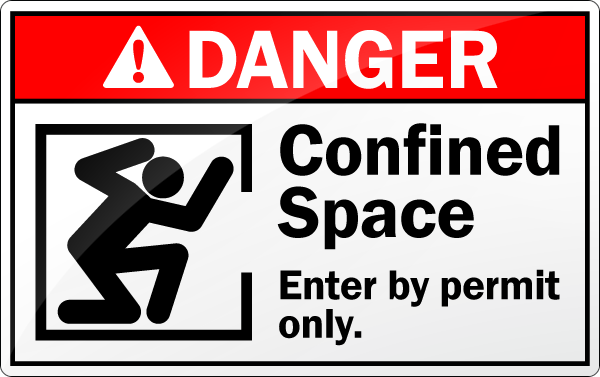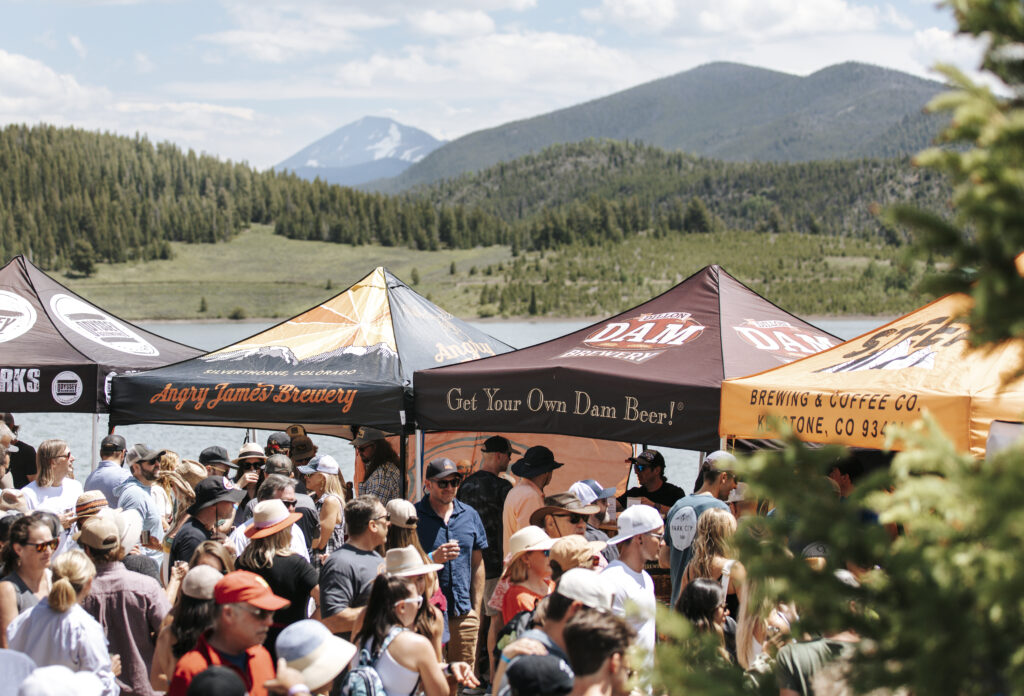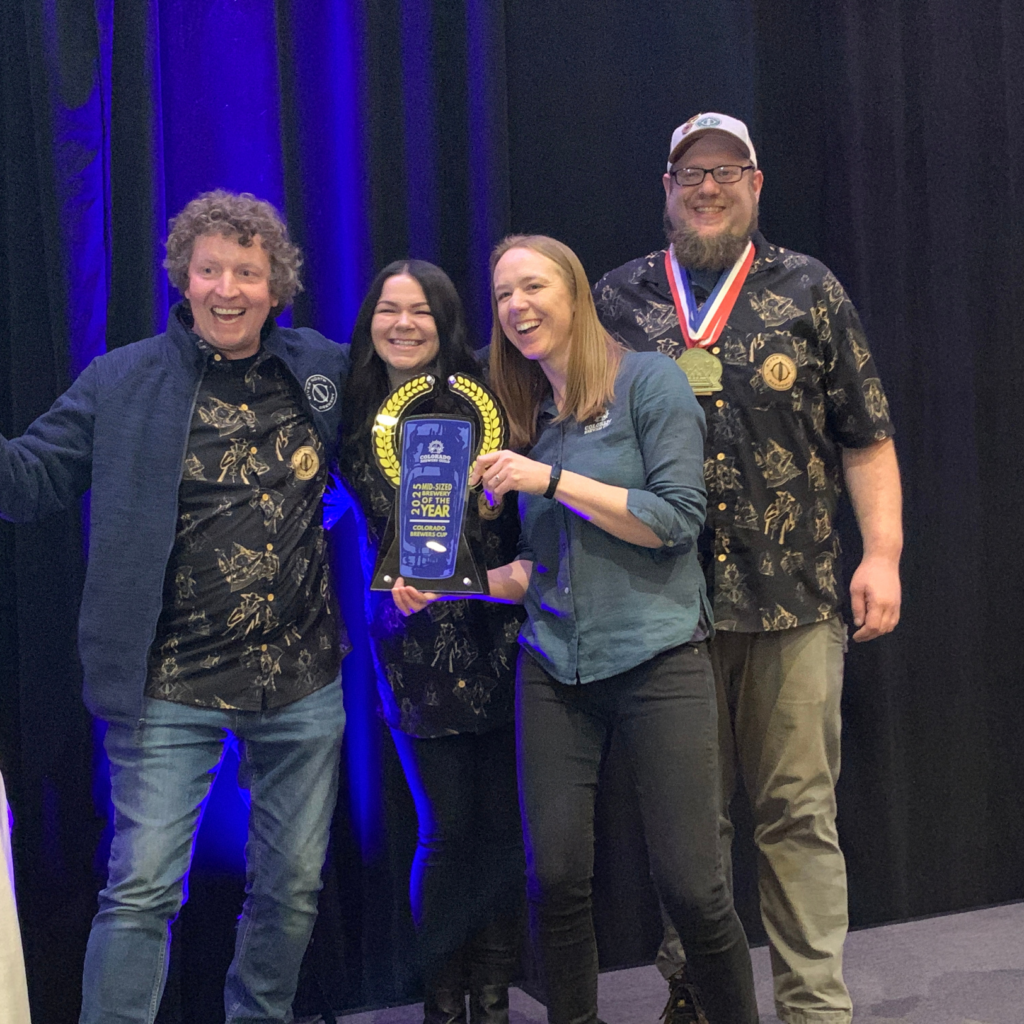Let’s learn about confined space hazards and how to successfully identify and address them to help keep your employees safe!
OSHA is on their way!
Well…potentially, so put down your beer because this is a serious topic. As you hopefully have been informed, OSHA is implementing a local emphasis program which includes inspections for breweries. (See OSHA Local Emphasis Program for Breweries blog, October 3, 2017 on Colorado Brewer’s Guild webpage.)
Small breweries have the same Confined Space hazards as large breweries and other manufacturers. Understanding these hazards and successfully identifying and addressing them will help keep your employees safe, which should be a critical part of everyone’s mission.
The safest situation for employees is to implement processes and equipment that do not require entry at all, such as tools with long handles or clean-in-place systems. If you cannot avoid entry, then a hazard assessment must be performed to determine if it a Permit-Entry Confined Space.
Click here for an example of a Confined Space Determination form.
To Permit or Not to Permit? That is the question.
Once you have determined if you have a Confined Space, the next step is to determine if this space is a Permit-entry Required Confined Space.
First, the OSHA definition of Confined Space is a space that:
• Large enough for an employee to enter and perform work
• Has limited or restricted means of entry or exit
• Is not designated for continuous occupancy.
Second, in addition to the three criteria listed above, there are additional criteria that needs to be assessed in order to determine if your space is classified as a Permit-Entry Required Confined Space.
This additional assessment should be completed by a qualified person in order to fully understand the potential hazards of the Confined Space. If you are unsure if you have a Permit-Required Confined Space, then you should use a conservative approach and deem it Permit-Required.
If any of these hazards cannot be fully mitigated and verified through external means such as controlling hazardous energy (LOTO) of electrical, mechanical, chemical or water lines, residual content, and atmospheric hazards, then the Confined Space must be deemed Permit-Entry.
Examples of spaces typically found in breweries that are usually defined as Permit-Entry Confined Spaces include silos and fermenters, bright tanks, and serving tanks. Employees must be trained to your Confined Space program, and follow all requirements of the permit; which includes having an attendant, performing Lock-Out-Tag-Out of hazardous energy, conducting atmosphere testing, and having proper Personal Protective Equipment (PPE).
Click here for an example of a Confined Space Permit. Keep in mind that all sections of a permit must be filled out, and posted outside the Confined Space being entered.
Other Requirements for Confined Space Entry
As you may have gathered from reading the Confined Space Permit, there are additional requirements for making a confined space entry. This includes additional tools and equipment, such as an air gas monitor, respirators, and potentially rescue equipment, such as life-retrieval systems.
Stay Safe
Okay, now that you have learned more about how to identify and properly enter Confined Spaces and how to help protect your employees, you can pick that beer back up.









